Walking is one of the easiest yet most effective forms of exercise. Almost anyone can do it, and it offers numerous health benefits. Whether it’s a quick 10-minute walk or hitting 10,000 steps a day, getting outside and moving can significantly improve your overall health. Here are 15 ways daily walking benefits your body, based on expert insights:
1. Boosts Mood and Reduces Stress

Walking has been proven to enhance mood. Even a short 10-minute walk can lift your spirits, reduce feelings of anger, and alleviate symptoms of depression. Walking in nature enhances these effects, helping calm your nervous system and lower stress levels. Walking with friends or loved ones strengthens social bonds, further boosting happiness and reducing loneliness.
2. Increases Calorie Burn and Helps Maintain a Healthy Weight
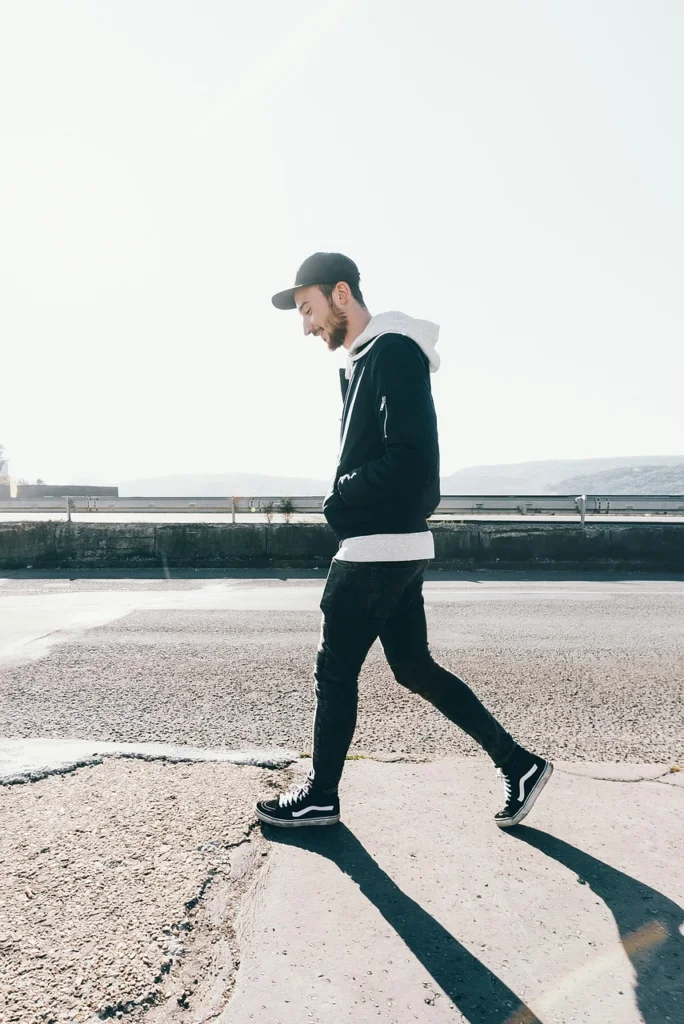
Daily walks can aid in weight management by burning calories and boosting metabolism. Interval walking, alternating between brisk and leisurely paces, is especially effective for burning calories and reducing body fat, particularly around the abdomen. Walking uphill or choosing varied routes can enhance these benefits.
3. Improves Heart Health
Regular walking helps lower blood pressure and reduces the risk of heart disease and stroke. For every 1,000 steps, systolic blood pressure may drop by 0.45 points. Studies show that consistent walking can reduce the risk of cardiovascular events by up to 30% when done according to physical activity guidelines.
4. Reduces the Risk of Chronic Diseases
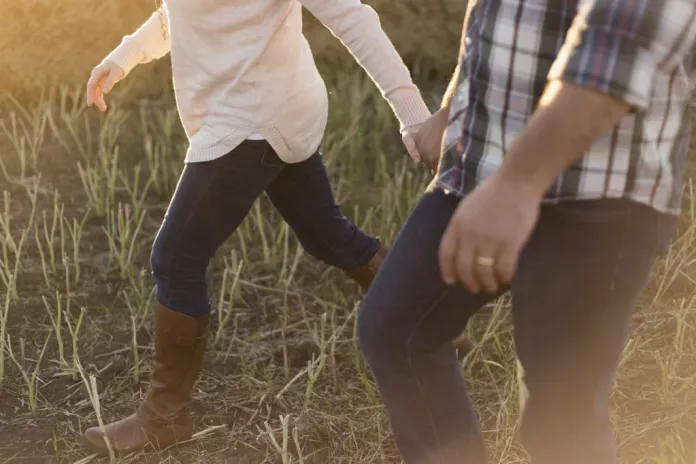
Research shows that walking can lower the risk of chronic conditions like type 2 diabetes, hypertension, and obesity. A 2022 study found that walking 8,200 steps daily reduces the risk of diseases such as major depressive disorder and GERD. Even short post-meal walks help regulate blood sugar, preventing type 2 diabetes.
5. Improves Sleep Quality
Consistent walking can improve the quality of sleep and help you fall asleep faster. Walking boosts melatonin production, the hormone responsible for regulating sleep. Many postmenopausal women and others who walk daily report better sleep quality compared to those who lead sedentary lifestyles.
6. Enhances Cognitive Function and Memory
Walking enhances cognitive abilities, particularly in older adults. Studies indicate that brisk walking for an hour, three times a week, improves brain function related to decision-making. Increased blood flow to the brain during exercise is believed to boost memory and protect against cognitive decline.
7. Relieves Joint Pain
Walking helps ease joint pain by improving circulation and lubricating the joints. It’s particularly beneficial for individuals with arthritis, as it promotes mobility and reduces discomfort.
8. Slows the Development of Varicose Veins
Regular walking strengthens the circulatory system, which helps prevent the formation and worsening of varicose veins by improving blood flow in the legs.
9. Improves Digestive Health
Walking stimulates the core and abdominal muscles, aiding digestion. It promotes the movement of food through the digestive tract and can relieve bloating and constipation. Many doctors recommend walking post-surgery to help with recovery and digestion.
10. Strengthens the Immune System
Daily walking boosts your immune system by increasing the circulation of immune cells, which helps your body fight off infections and illnesses more effectively.
11. Strengthens Bones and Prevents Bone Loss
Walking helps maintain bone density, reducing the risk of osteoporosis and fractures. Studies show that walking for at least 30 minutes a day can slow bone loss, particularly in postmenopausal women.
12. Sparks Creativity
Walking has been linked to increased creativity. Studies suggest that walking, particularly in nature, can enhance creative thinking and problem-solving abilities by clearing the mind and reducing mental fatigue.
13. Encourages Other Healthy Habits
Establishing a daily walking routine often leads to the development of other healthy habits. The sense of accomplishment from walking regularly can motivate you to set and achieve other health goals, such as eating better or trying new exercises.
14. Promotes Healthy Aging
Walking not only improves current health but also supports healthy aging. Studies show that even moderate physical activity can reduce the risk of mortality by up to 31% in those who meet physical activity recommendations. Faster walking speeds are associated with even greater reductions in mortality risk.
15. Extends Lifespan
Research indicates that regular walking can contribute to a longer life. By improving cardiovascular health, maintaining a healthy weight, and reducing the risk of chronic diseases, walking can help you live a longer, healthier life.
Conclusion
Walking is a simple and accessible way to improve your physical and mental health. From enhancing brain function to reducing the risk of chronic diseases, it offers a wide range of benefits that can help you lead a longer, healthier life.
You Won’t Believe What This Millionaire Did to Solve Homelessness in His Town!
Homelessness is a problem that many cities face around the world. Even though governments and organizations are trying to fix it, it’s still a big issue. One Canadian millionaire decided to make a difference in his own town with his money. Here’s his story.
In Fredericton, New Brunswick, Marcel LeBrun, a millionaire entrepreneur, took action to help homeless people in his community. Marcel, who made a lot of money from his successful social media monitoring company, decided to invest $4 million of his own money to build 99 tiny homes for those in need. He didn’t just stop at providing homes; he also created job opportunities with his unique approach. This project is called 12 Neighbours.
After selling his company and gaining a lot of wealth, Marcel wanted to use his money for good. Seeing the homelessness issue in Fredericton, he came up with the idea of a tiny home community to give homeless people a new start. He named his project 12 Neighbours and aimed to build a gated community with 99 homes and an enterprise center. This community offers both housing and job opportunities, giving homeless people a chance to rebuild their lives.
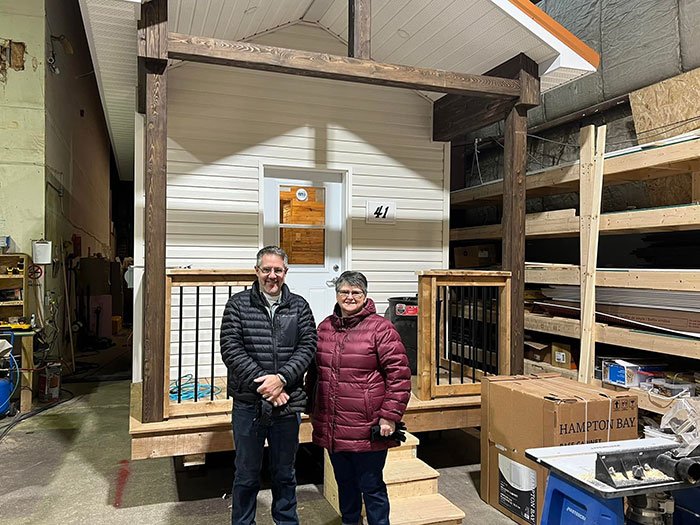
Homelessness is a big issue in New Brunswick, with about 1,600 people experiencing it in a single day last year. In bigger cities like San Francisco, Los Angeles, and New York in the United States, the number of homeless people is much higher. Marcel LeBrun saw a chance to make a difference and decided to help those struggling with homelessness.
Marcel’s project, 12 Neighbours, is not just about building tiny homes. He wants to create a supportive community for people. The tiny homes he’s building are more than just places to stay. They are fully-furnished with kitchens, living areas, bedrooms, and full bathrooms. They even have solar panels on the roofs. Marcel sees himself as a community builder, aiming to provide a better life for those in need.
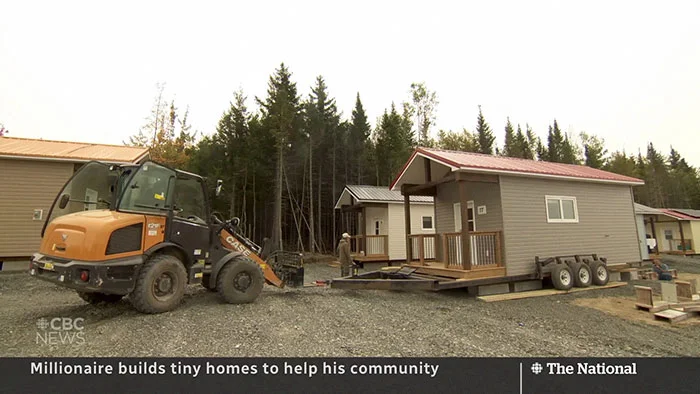
To make his vision a reality, Marcel LeBrun set up a factory where skilled volunteers help build the tiny homes. Using modern techniques, the factory can produce one tiny home every four business days. Once a home is built, it is carefully placed on concrete blocks to form the foundation of the community.
Marcel believes that owning a home is important because it gives people a sense of responsibility and stability. By allowing people who have experienced homelessness to own their own homes, the 12 Neighbours project aims to empower them and create a supportive community.
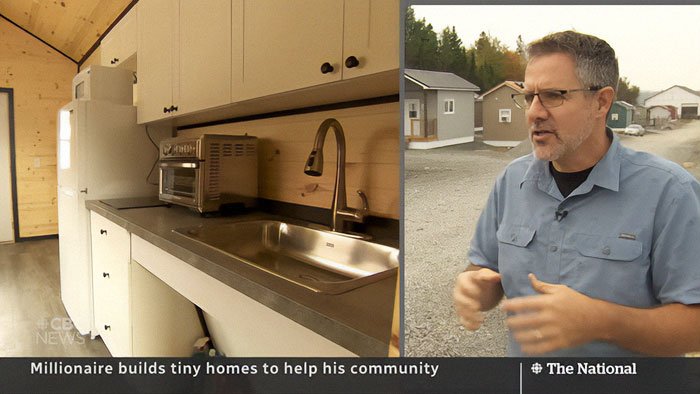
Besides providing homes, Marcel LeBrun’s project also focuses on creating job opportunities for the residents. The 12 Neighbours community includes an enterprise center with a coffee bar and a silk printing business, both run by the residents. This helps generate income and encourages residents to interact with the wider community.
Like any big project, 12 Neighbours has faced criticism. Some people think it’s better to reintegrate homeless individuals directly into society rather than keeping them together in one place. However, Marcel understands these concerns and has taken steps to ensure the community is safe and supportive.
Marcel explained, “Building a few homes is just as complicated as building many, and we wanted to make a real impact on homelessness in Fredericton. If we want to make a meaningful difference, we need to build houses. If I take someone who’s been living outside and put them in a luxury apartment, they might not succeed because it’s not their community or environment.”
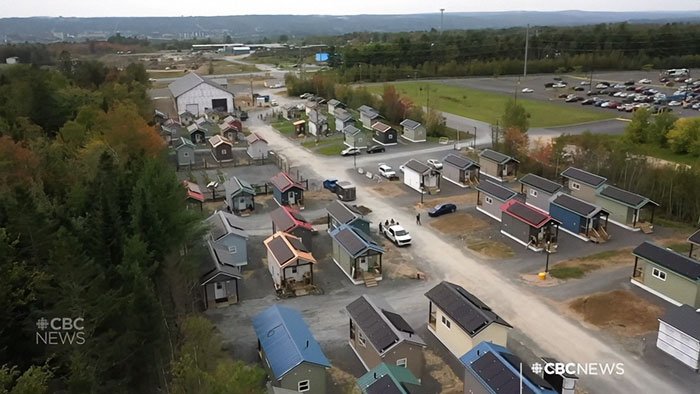
Marcel LeBrun knows how important safety is, so he has included top security features in the 12 Neighbours community. There are gated entrances and advanced surveillance systems to ensure residents feel safe and protected.
LeBrun mentioned that some residents face challenges when they first move in. He explained, “When someone moves into a house, they might have others trying to take advantage of them. They need to learn what it means to manage their own space and decide who they let in and out.”
One of the main goals of 12 Neighbours is to build a strong sense of community both inside and outside its gates. LeBrun wants to create a place where residents and the people of Fredericton can come together. The community has a coffee bar and a personalized printing business to encourage interaction and understanding.
LeBrun told CBC, “I see myself as a community builder. We’re not just building a small community; we’re helping to make our city better.”
Marcel LeBrun’s project to build 99 tiny homes in Fredericton, New Brunswick, is a great example of using personal success to help others. Through 12 Neighbours, he has not only provided homes for those in need but also created job opportunities and a supportive community. His efforts have given hope to many and inspired others to make a difference.





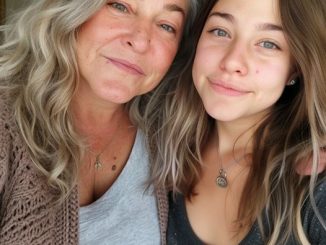

Leave a Reply